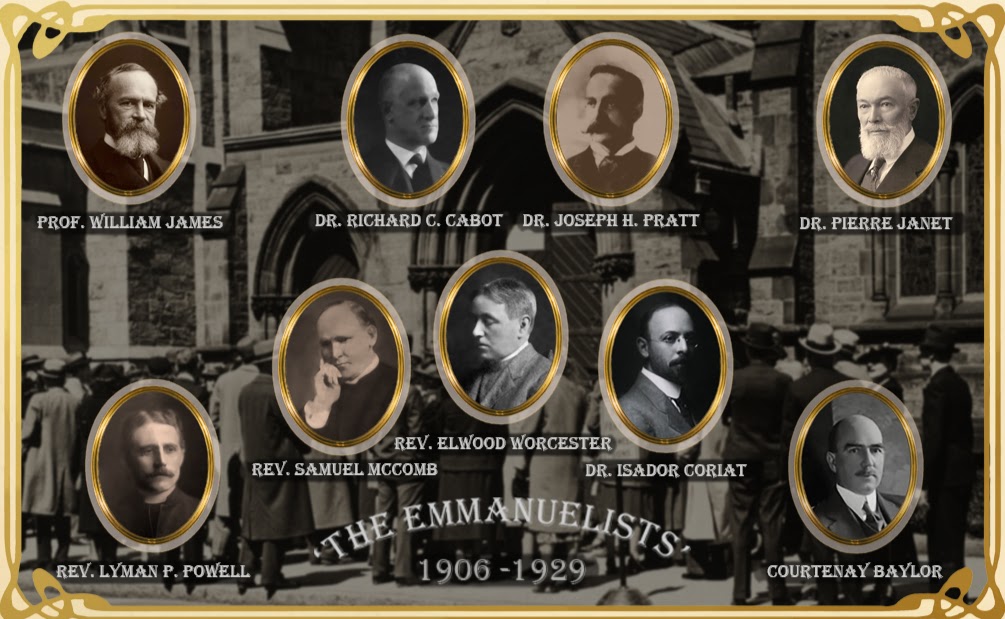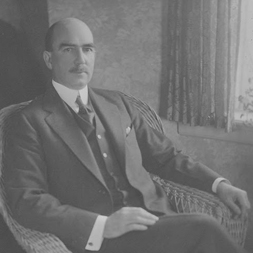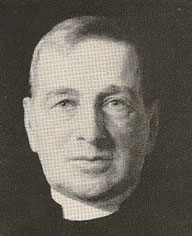One of the greatest challenges that I have faced at my internship this year at Emmanuel is of an interpersonal nature and relates to a challenge that I am working with outside of the internship realm. It has to do with my tendency toward leadership, my need for being seen, and my addiction to creating intended results. I am someone who likes to enter a space and influence an outcome that I can imagine being positive in nature. I am a change agent and have been identified as someone who possesses leadership abilities for as far back as I can remember. (My first dream when I was a child was to be the president.) At Emmanuel this year one of the main things that I have gotten to practice is putting my tendency toward leadership on the shelf and, instead, showing up as just another member of the group or simply as a witness to what is happening to those around me. It has been through these experiences that I have been able to practice the dance of therapeutic presence. Continue reading
Tag Archives: psychotherapy
1929
Upon the planned retirement of The Rev. Elwood Worcester, The Rev. Dr. Benjamin Martin Washburn became rector. For more about the Washburn tenure during the Great Depression, please see the chapter on him in Emmanuel Church, 1860-1960: The First Hundred Years.
This image of “The Emmanuelists” honors men associated with the Emmanuel Movement during Worcester’s rectorship: (top row) William James, Richard C. Cabot, Joseph Hersey Pratt, Pierre Janet & (bottow row): Lyman Pierson Powell, Samuel McComb, Elwood Worcester, Isador Coriat, and Courtenay Baylor.
1919
- Mary Robeson Sargent died of diabetes at the age of 66.
- Courtenay Baylor (1870-1947) published Remaking a Man: One Successful Method of Mental Refitting (NY: Moffat, Yard), full text. Recently helped by our fourth rector Elwood Worcester, Baylor gave up his insurance business to join the Emmanuel staff in 1912. Under Worcester’s supervision he became a lay therapist for alcoholics.

In 1925 he and Worcester formed the Craigie Foundation to continue their work privately in anticipation of Worcester’s retirement from Emmanuel Church in 1929. In his book, Baylor claimed he had success with about two thirds of a thousand patients. Through his patients Rowland Hazard III and Richard R. Peabody he influenced William G. Wilson, a founder of Alcoholics Anonymous.
For more information on Baylor’s contribution see:
- “The Continuation of Therapy: Courtenay Baylor and Richard R. Peabody”, pp. 35-59 in Richard M. Dubiel, The Road to Fellowship: The Role of the Emmanuel Movement and the Jacoby Club in the Development of Alcoholics Anonymous (NY:iUniverse for the Hindsfoot Foundation, 2004).
- “Worcester in Retirement and Successors to the Emmanuel Movement”, pp. 99-108 in Sanford Gifford, The Emmanuel Movement: The Origins of Group Treatment and the Assault on Lay Psychotherapy (Boston: Harvard U. Press for the Francis Countway Library of Medicine, 1997).
- “Early alcoholism treatment: the Emmanuel Movement and Richard Peabody”, K. McCarthy. Journal of Studies on Alcohol 45(1):59-74, Jan. 1984. PMID: 6366377.
1908
In response to a devastating fire in Chelsea, Emmanuel Church rented one of the few houses left standing to provide care for the homeless. The Emmanuel Relief Station offered food, clothing, and medical care for the wounded. The church arranged for medical personnel, instruments, and supplies. The house was also used for the care of women during and after childbirth.
Religion and Medicine: The Moral Control of Nervous Disorders by Worcester, Samuel McComb and Isador A. Coriat, an early psychoanalyst, was published by Moffat, Yard.
Worcester published a series of six articles about the Emmanuel Movement in the Ladies Home Journal (Oct. 1908 – March 1909).
1904
- Leighton Parks was called to St. Bartholomew’s, New York City.
- The Rev. Dr. Elwood Worcester was called as our fourth rector. He had received a PhD. from the University of Leipzig, where he studied psychology under Wilhelm Wundt and Gustav Fechner. Upon his arrival he started the Emmanuel Class for Tuberculosis, which became the basis for what the press named the Emmanuel Movement.
- Architect Arthur Lawrence Rotch became junior warden.
For more about the Worcester years please see the chapter on him in Emmanuel Church, 1860-1960: The First Hundred Years.
For more about the Emmanuel Movement please search our page & Timeline entries: 1905, 1909 & 1919.


